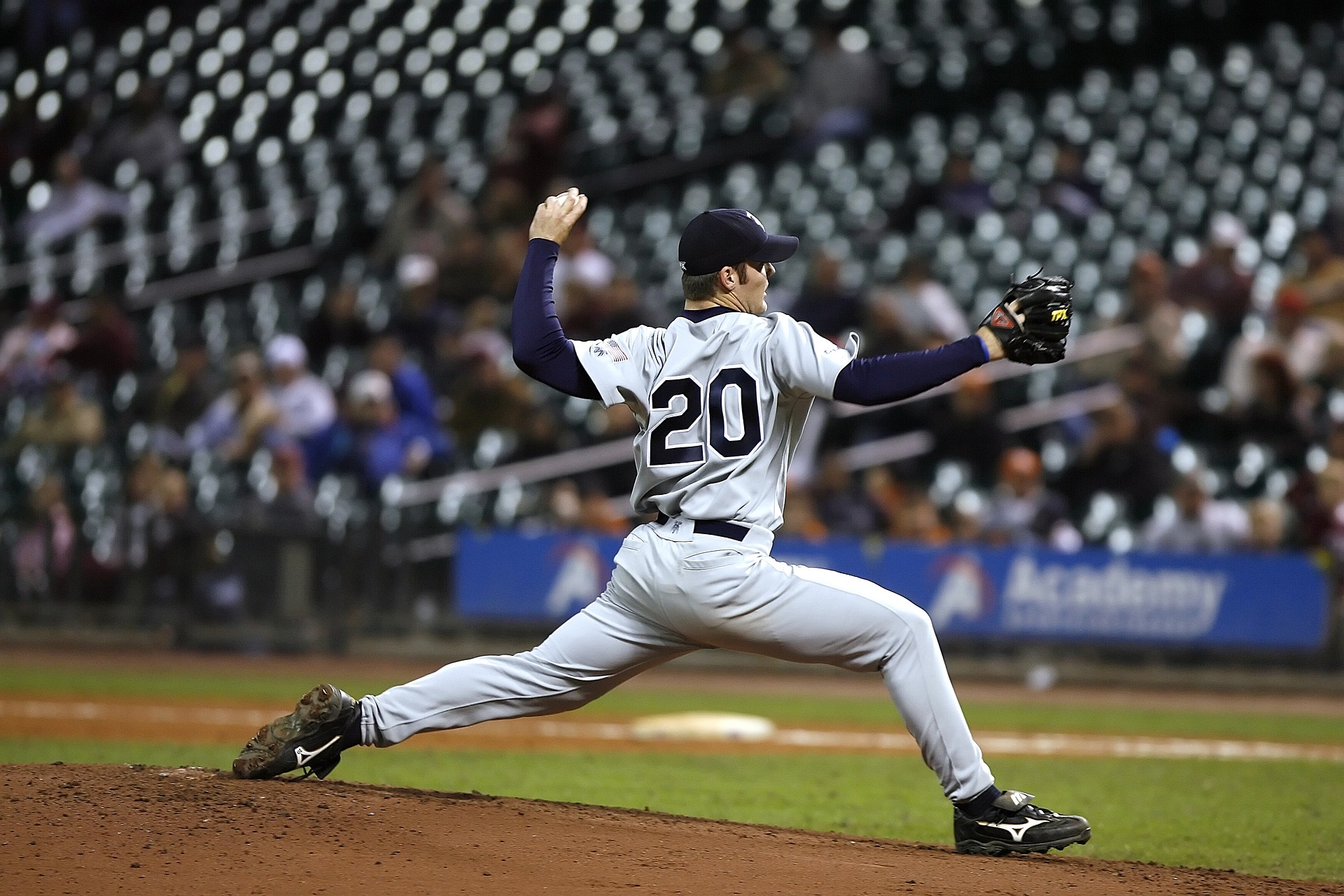Pitching Brilliance: The Science Behind the Perfect Baseball Throw
A slight shift in the hips, an arm whipping through the air, a ball cutting through the wind - the perfect baseball pitch is a marvel to behold. It's a blend of precise biomechanics, advanced physics, and gut instinct, honed by countless hours on the mound. Let's dive deep into this fascinating topic, examining the scientific and athletic aspects that come together to create the ideal pitch.

The History of the Baseball Pitch
Baseball has been in America’s DNA since the mid-19th century, but the sport has seen significant changes over the decades. Early pitchers delivered underhand throws from a box 45 feet from home plate. As the sport evolved, so did the approach to pitching. The introduction of the overhand pitch in the 1880s, an innovation by the star pitcher William ‘Whoop-La’ White, catapulted pitching into the realm of science and technique — transforming baseball into the sport we recognize today.
Unraveling the Physics of the Pitch
The perfect pitch involves an intricate interplay of forces. Gravity pulls the ball toward the ground while air resistance drags it backward. The ball’s spin affects its trajectory, producing the dramatic curves and drops that baffle hitters. This phenomenon, known as the Magnus effect, is crucial to mastering pitches like the fastball, curveball, and slider. With the right spin, pitchers can manipulate the ball’s path, keeping hitters guessing and fans on the edge of their seats.
The Biomechanics of the Pitching Motion
Mastery of pitching is not just about understanding the physics but also involves extensive knowledge of the human body. The motion of a pitch involves nearly every muscle in the body, with the legs, hips, torso, and arm working in a coordinated symphony of power and precision. Good pitching technique requires efficient kinetic chain recruitment—a sequence where energy is transferred from larger to smaller body segments—striving for speed, accuracy, and minimal stress on the arm.
Training Methodologies for Aspiring Pitchers
Training for pitching is a delicate balance between strength, flexibility, and accuracy. Traditional weight training helps build the foundational muscle needed for pitching, while flexibility exercises enhance the range of motion. Pliometrics, a form of training that involves rapid stretching, and contraction of muscles helps improve explosive power. Meanwhile, mental training, like visualization techniques and situational practice, sharpens the cognitive skills and intuition crucial for outsmarting batters.
The Dilemma of Arm Injuries
Despite the advancements in training and science, arm injuries remain a persistent hurdle for many pitchers. The combination of high velocity and frequent repetition puts immense strain on the arm, often leading to serious injuries like ulnar collateral ligament tears. Recent trends point toward a focus on prevention strategies, with pitch counts and rest days becoming institutionalized at all levels of play.
Baseball is a sport deeply rooted in American culture, and the art of pitching is at its heart. It goes beyond the throw, intertwining science, athleticism, and strategy into a single motion. As we continue to learn more about the intricate science of pitching, we may come to appreciate this timeless sport in new, exciting ways. And perhaps that better knowledge can help future generations of pitchers avoid the pain of the past, ensuring this aspect of our national pastime thrives well into the future.




